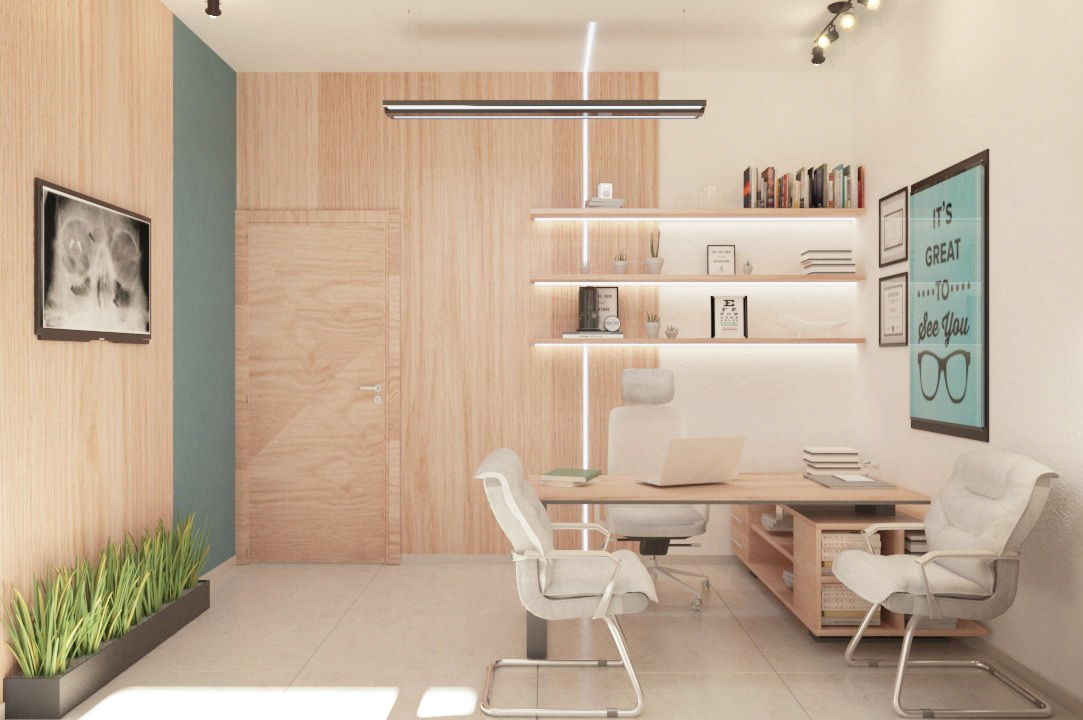
Medical Clinic Interior Design
When patients step into a medical clinic, they often carry with them a mix of emotions—apprehension, worry, and sometimes even fear. In such moments, the design and ambiance of the clinic play a crucial role in shaping their overall experience. Medical clinic interior design goes beyond aesthetics; it’s about creating environments that promote healing, comfort, and well-being.
Understanding the Importance of Interior Design in Medical Clinics
Importance of a Welcoming Environment
The ambiance of a medical clinic sets the tone for patient interactions. A warm and inviting atmosphere can help alleviate anxiety and instill confidence in patients about the quality of care they’ll receive.
Impact on Patient Experience
From the moment patients enter the clinic to the time they spend in the waiting area and consultation rooms, every aspect of the interior design influences their experience. Comfortable seating, soothing colors, and thoughtful layouts can contribute to a positive patient journey.
Crucial Components of Successful Interior Design for Medical Clinics
Layout and Flow
Efficient circulation paths and well-defined zones ensure smooth movement within the clinic. An intuitive layout minimizes confusion and enhances the overall patient experience.
Comfortable Waiting Areas
Long wait times are often unavoidable in medical settings. However, comfortable seating, ample natural light, and engaging decor can make the wait more bearable for patients and their companions.
Privacy Considerations
Respecting patient privacy is paramount in medical clinic design. Strategic placement of partitions, soundproofing measures, and private consultation spaces ensure confidentiality and dignity for patients.
Incorporating Technology
From digital check-in systems to telemedicine capabilities, integrating technology into clinic design enhances efficiency and improves access to care. Thoughtful integration of technology also signals a commitment to innovation and progress.
Trends in Modern Medical Clinic Interior Design
Nature-Inspired Design Elements
Bringing elements of nature indoors can have a calming effect on patients and staff alike. Biophilic design principles, such as incorporating natural light, greenery, and organic materials, are gaining popularity in medical settings.
Sustainable Materials
Environmental sustainability is increasingly becoming a priority in interior design. Using eco-friendly materials and implementing energy-efficient solutions not only reduces the clinic’s carbon footprint but also conveys a commitment to environmental stewardship.
Flexibility and Adaptability
Medical clinics need spaces that can easily adapt to changing needs and technological advancements. Flexible furniture arrangements, modular partitions, and multifunctional areas allow clinics to evolve without major renovations.
Successful Medical Clinic Interior Designs
Clinic
By embracing a minimalist aesthetic and incorporating elements of biophilic design, Clinic created a serene and healing environment for patients. Natural wood finishes, abundant greenery, and spacious consultation rooms contribute to a sense of tranquility.
Medical Center
The Medical Center prioritized patient comfort and convenience in its interior design. With cozy seating areas, interactive digital displays, and dedicated play zones for children, the clinic aims to make the healthcare experience more pleasant for families.
Challenges and Solutions in Medical Clinic Interior Design
Limited Space
Many medical clinics operate in constrained spaces, presenting challenges for designers. Creative space-saving solutions, such as built-in storage units and compact furniture, can maximize usable space without compromising functionality.
Budget Constraints
Balancing design aspirations with budgetary limitations is a common challenge in healthcare design. Prioritizing key elements that directly impact patient care and well-being ensures that limited resources are allocated effectively.
Compliance with Regulations
Medical clinic interior design must adhere to strict regulatory requirements related to safety, accessibility, and infection control. Designers must stay informed about relevant codes and standards to ensure compliance throughout the design process.
Working with Professional Interior Designers for Medical Clinics
Importance of Expertise in Healthcare Design
Designing healthcare spaces requires specialized knowledge of industry-specific requirements and best practices. Experienced healthcare designers understand the unique needs of medical facilities and can create environments that support patient care and staff efficiency.
Collaborative Approach
Effective clinic design is a collaborative effort involving architects, interior designers, healthcare professionals, and facility managers. By fostering open communication and collaboration among stakeholders, clinics can ensure that the final design meets the needs of all users.
Future Directions in Medical Clinic Interior Design
Integration of Virtual Reality
Virtual reality technology holds promise for enhancing the patient experience in medical clinics. From virtual tours of facilities to immersive relaxation experiences, VR applications can help alleviate anxiety and improve patient outcomes.
Personalized Patient Spaces
As healthcare becomes increasingly patient-centered, clinic design is shifting towards creating personalized experiences. From adjustable lighting preferences to customizable waiting areas, tailored spaces empower patients to feel more in control of their healthcare journey.
Read More: Fashion